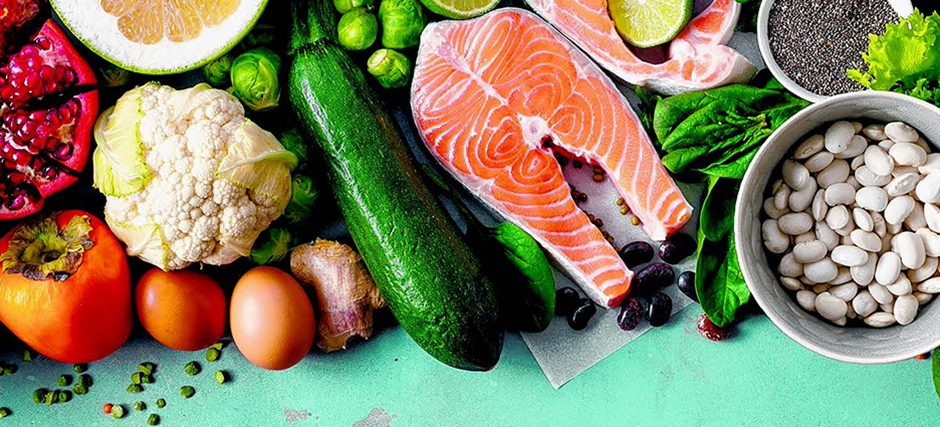
[This article was written by Alexandra Cervini, MS, RD, CDN, Lead Dietitian for Samaritan Hospital, St. Peter’s Health Partners.]
It is pretty easy to see how nutrition affects our health – we can see if we need to gain or lose weight, for example, and we can get information from our physician on internal issues like blood sugar and cholesterol. What is not so easy to “see” is how nutrition can impact our eyes.
There are some concerning numbers on vision health in the United States – currently some 8 million Americans are at risk for AMD, more commonly known as macular degeneration, one of the leading causes of vision loss and blindness.
Numerous studies have revealed that individuals with high intakes of fruits and vegetables have reduced risk for AMD, so much work has been done to identify exactly which nutrients have the best opportunity to reduce risk and help maintain eye health. Check out this list from the American Optometric Association.
Lutein and Zeaxanthin
Lutein and zeaxanthin are important nutrients found in green leafy vegetables, as well as other foods, such as eggs. Many studies have shown that lutein and zeaxanthin reduce the risk of chronic eye diseases, including age-related macular degeneration and cataracts.
Vitamin C
Vitamin C is an antioxidant found in fruits and vegetables. Scientific evidence suggests vitamin C lowers the risk of developing cataracts and can slow the progression of age-related macular degeneration and visual acuity loss.
Vitamin E
Vitamin E in its most biologically active form is a powerful antioxidant found in nuts, fortified cereals and sweet potatoes. It is thought to protect cells of the eyes from damage caused by unstable molecules called free radicals that break down healthy tissue.
Essential Fatty Acids
Fats are a necessary part of the human diet. They maintain the integrity of the nervous system, fuel cells and boost the immune system. Omega-3 fatty acids, found in nuts and seeds, have been shown to be important for proper visual development and retinal function.
Zinc
Nuts and legumes are rich in zinc, an essential trace mineral that plays a vital role in bringing vitamin A from the liver to the retina in order to produce melanin, a protective pigment in the eyes. Zinc is highly concentrated in the eye, mostly in the retina and choroid, the vascular tissue layer lying under the retina.
So, look closely at all of your vegetable options and eat for your eyes!





